Amid big-budget medieval pageantry, King Richard goes on the Crusades leaving his brother Prince John as regent, who promptly emerges as a cruel, grasping, treacherous tyrant. Apprised of England's peril by message from his lady-love Marian, the dashing Earl of Huntingdon endangers his life and honor by returning to oppose John, but finds himself and his friends outlawed, with Marian apparently dead. Enter Robin Hood, acrobatic champion of the oppressed, laboring to set things right through swashbuckling feats and cliffhanging perils!
Related Movies
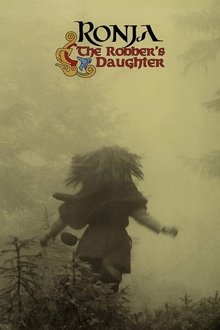
Ronia: The Robber's Daughter (1984)
Ronia lives happily in her father's castle until she comes across a new playmate, Birk, in the nearby dark forest. The two explore the wilderness, braving dangerous Witchbirds and Rump-Gnomes. But when their families find out Birk and Ronia have been playing together, they forbid them to see each other again. Indeed, their fathers are competing robber chieftains and bitter enemies. Now the two spunky children must try to tear down the barriers that have kept their families apart for so long.

Pirates of the Caribbean: At World's End (2007)
Will Turner and Elizabeth Swann join forces with the revived Captain Barbossa to free Jack Sparrow from Davy Jones' locker. The group must navigate dangerous waters, confront many foes and, ultimately, choose sides in a battle wherein piracy itself hangs in the balance.
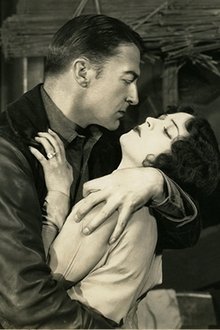
Midnight Madness (1928)
In Midnight Madness millionaire diamond miner Michael Bream (Clive Brook) discovers that the woman he’s marrying — funfair shooting-gallery hostess Norma Forbes — is a gold digger. So Bream decides to teach her a lesson, and forces her to live with him in the remote African outback where, eventually, she realizes her true affections.

The Bright Shawl (1923)
Charles Abbott is implicated in the death of his friend Escobar, brother to the woman he loves.

The 13th Warrior (1999)
A Muslim ambassador exiled from his homeland joins a group of Vikings, initially offended by their behavior but growing to respect them. As they travel together, they learn of a legendary evil closing in and must unite to confront this formidable force.
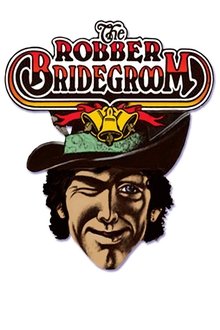
The Robber Bridegroom (1980)
In a small Southern town, a plantation owner is duped into thinking a thief is a kind stranger. To repay the stranger for stopping a robbery, the plantation owner invites him to his home to meet his daughter.
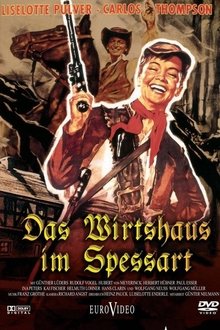
The Spessart Inn (1958)
Countess Franziska "is kidnapped" by a band of robbers. However, her father is not willing to pay the ransom so Franziska changes sides.

The Twilight Samurai (2002)
Seibei Iguchi leads a difficult life as a low ranking samurai at the turn of the nineteenth century. A widower with a meager income, Seibei struggles to take care of his two daughters and senile mother. New prospects seem to open up when the beautiful Tomoe, a childhood friend, comes back into he and his daughters' life, but as the Japanese feudal system unravels, Seibei is still bound by the code of honor of the samurai and by his own sense of social precedence. How can he find a way to do what is best for those he loves?
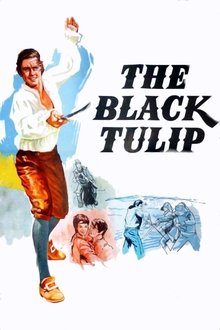
The Black Tulip (1964)
Aristocrat Guillaume de Saint Preux leads a double life as a masked bandit known as the Black Tulip. The Black Tulip only robs rich aristocrats, so the local peasants regard him as a hero. Baron La Mouche is convinced Guillaume is the Tulip. During a robbery, he scars the Tulip's face, and hopes to use this to expose Guillaume, but Guillaume is one step ahead.
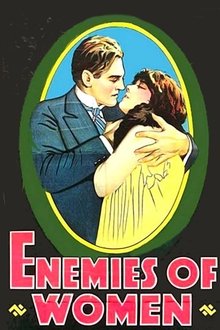
Enemies of Women (1923)
The dashing but arrogant Prince Michael Fedor Lubimoff has to flee Tsarist Russia after falling into disgrace and settles in Monte Carlo, where he resumes his life of debauchery while World War I ravages the fields of Europe… (Partially lost film; reels 3 and 9 of a total of 11 are missing.)

Highlander: Endgame (2000)
Immortals Connor and Duncan Macleod join forces against a man from Connor's distant past in the highlands of Scotland, Kell, an immensely powerful immortal who leads an army of equally powerful and deadly immortal swordsmen and assassins. No immortal alive has been able to defeat Kell yet, and neither Connor nor Duncan are skilled enough themselves to take him on and live. The two of them eventually come to one inevitable conclusion; one of them must die so that the combined power of both the Highlanders can bring down Kell for good. There can be only one... the question is, who will it be?
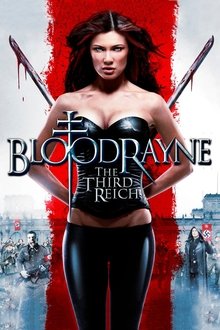
BloodRayne: The Third Reich (2010)
Rayne fights against the Nazis in Europe during World War II, encountering Ekart Brand, a Nazi leader whose target is to inject Adolf Hitler with Rayne's blood in an attempt to transform him into a dhampir and attain immortality.
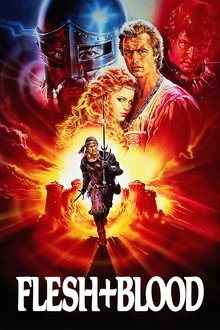
Flesh + Blood (1985)
A band of medieval mercenaries take revenge on a noble lord who decides not to pay them by kidnapping the betrothed of the noble's son. As the plague and warfare cut a swathe of destruction throughout the land, the mercenaries hole up in a castle and await their fate.
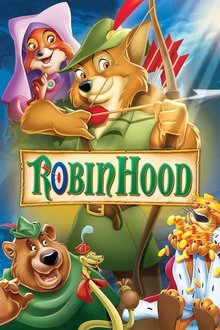
Robin Hood (1973)
With King Richard off to the Crusades, Prince John and his slithering minion, Sir Hiss, set about taxing Nottingham's citizens with support from the corrupt sheriff - and staunch opposition by the wily Robin Hood and his band of merry men.
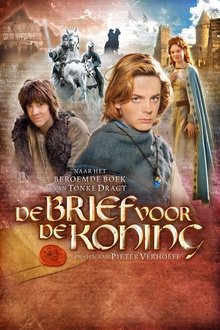
The Letter for the King (2008)
Young Tiuri has to pass the final test before before being knighted by king Dagonaut. He has to pass a night in the chapel, what is suddenly disturbed by a strangers request of help. With his decision to help the stranger, Tiuri abandons his given task and starts into an adventure, that will shape the destiny of Dagonaut. On his journey he learns about the true meaning of love, friendship, courage and loyalty.
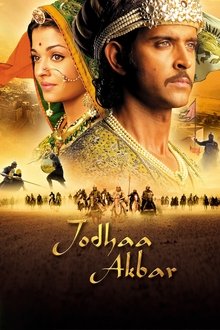
Jodhaa Akbar (2008)
A sixteenth century love story about a marriage of alliance that gave birth to true love between a Mughal emperor and a Rajput princess.

Red Shadow (2001)
The secret warriors of feudal Japan were the ninja. Sent on impossible missions, the ninja were trained to work in shadows, gather information and defeat the enemy to build a world of peace. Akakage, Aokage, and Asuka are rookie ninjas under the tutelage of Shirokage. Their life is a series of perilous missions that entail intrigue, deception and intimidation.

The Sword and the Sorcerer (1982)
A mercenary with a three-bladed sword rediscovers his royal heritage when he is recruited to help a princess foil a brutal tyrant and a powerful sorcerer's plans to conquer the land.

The Cat Returns (2002)
Young Haru rescues a cat from being run over, but soon learns it's no ordinary feline; it happens to be the Prince of the Cats.
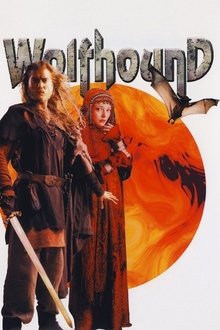
Wolfhound of the Grey Dog Clan (2006)
He was doomed to die, but managed to survive, and now his mission is to revenge for the annihilation of his tribe. He is the great warrior who calls himself Volkodav, and is the last man from the tribe of Serie Psi (Grey Hounds). After escaping certain death, Volkodaw — accompanied by Neletuchaya Mysh — is on a mission to kill Ludoed who is responsible to what happened to Serie Psi.